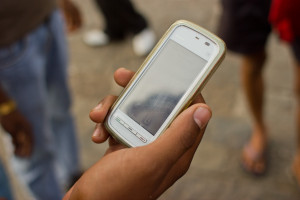The Bill and Melinda Gates Foundation recently published a letter with ambitious goals and projections for 2030. One of these projections was that mobile banking will transform the way the world’s poorest live, save, and pay for expenses.
Many in Africa have to save money around their house which leaves the possibility for it to get stolen, which happens often. They also cannot get loans, so even if they have assets in the form of homes or livestock they cannot borrow in an emergency. And if they can get a loan, it’s often at a high interest rate.
So is mobile banking the answer? Traditional banks are profit-driven and unfortunately there is no profit in towns where money is scarce. So it is not a surprise that in many ways, mobile banking is already showing signs of success. M-Pesa is a money-transfer and mobile banking service that was launched in Kenya and met with rapid growth and adoption. M-Pesa has continued to see double digit growth year over year. Micro-loans, which have been around for a while have been very successful in helping the poor and mobile banking has already helped facilitate more of this.
Of course there are limitations to the rise of mobile banking as a solution to the world’s biggest problems. Corrupt governments, low adoption rate by service providers and lack of access to mobile devices restrict rapid growth of mobile banking but Bill and Melinda Gates think because there is a market, it will be filled.
There are currently 2 billion people across the world that don’t have access to a bank. And as entrepreneurs solve these problems they are finding that there is profit in helping the poor. If the M-Pesa is widely adopted and continues to grow alongside it’s clients’ wealth it can become a very large and powerful force in the global economy by 2030.
